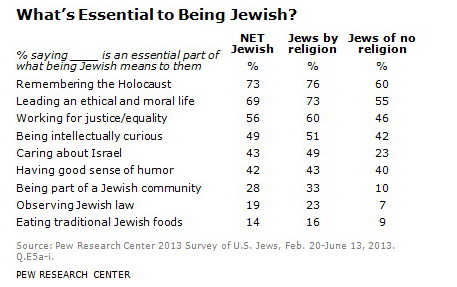Launching Leading Congregations in a Connected World: Platforms, People and Purpose
My colleague, Dr. Terri Elton, Associate Professor Leadership at Luther Seminary and I, are thrilled to announce that Leading Congregations in a Connected World: Platform, People and Purpose, is now available. (Save 40% on all purchases for a limited time by using the code RL40LC16 when you order!) Are you curious about:
• How congregations and nonprofits are seeking to maintain community when it’s so fragile today?
• How spiritual and nonprofit communities can make decisions rapidly, thoughtfully and inclusively?
• How professional and volunteer leaders are navigating the tensions of being faithful stewards of their organizations’ traditions, and responsive leaders to the disruptive pace of innovation?
We were, too, so we researched fifteen Jewish and Lutheran congregations and nonprofit organizations throughout the United States (eleven congregations, four nonprofits). Some were established congregations and nonprofits that were becoming less hierarchical and more innovative. Others were start-ups that emerged at the dawn of social networks, are now adding more structure as they have grown, but don’t want to lose their entrepreneurial D.N.A. Whether old or new, they are navigating a paradigm shift in minimizing more cumbersome, hierarchical ways of working and fostering more fluid and creative networks to advance their missions.
We provide practical guidance to professional and volunteer leaders who view their organizations as platforms where people can find greater personal meaning by engaging with others who care about the same mission. We believe our book is unique as it:
• Bridges faith communities.
• Blends theory with tools, texts and hands-on resources.
• Combines research with lived stories of congregations and organizations.
• Addresses the desire of both established and newer organizations to deepen engagement with individuals, and transform their communities by redesigning how they are organized.
Several of our colleagues graciously shared their reactions to our book:
Allison Fine, co-author of, The Networked Nonprofit, and renowned expert on social networks and organizations noted, “One of the most pressing issues facing our society is the disruption of traditional organizations dedicated to our communal well-being; congregations and nonprofits. Herring and Elton have written a very important and practical book on a critical topic; how to restructure our most important institutions to match the urgency of working in a networked world.”
Peggy Hahn, Executive Director of LEAD, a national organization dedicated to growing Christian leaders, said that, “This book dares to link congregations and non-profit organizations in strategic conversations essential for thriving in a fast-changing world. This is a way forward.”
Rabbi Elie Kaunfer, co-founder, executive director of Mechon Hadar, and author of Empowered Judaism added that, “This book artfully breaks down the barriers that often exist between new and old non-profits. By taking a critical eye to both, the authors present findings untold in other books on congregational change, facilitating a powerful experience for the reader looking to reflect on organizational success.” (You can click here for additional reviews.)
Two years ago, we didn’t know one another. But we took leaps of faith (one Protestant, one Jewish) to collaborate on a significant project. The value of learning from a member of the same human family, but a different spiritual tribe, has been immeasurable. We hope that you’ll take a leap of faith, too, and not only purchase Leading Congregations in a Connected World: Platforms, People and Purpose, but try some discussion and innovation with someone from a different faith background in your own community! The dynamics of disruption and leadership responses are similar in Jewish and Protestant communities, so stay tuned for more news about how you can participate in a network of leaders interested in these issues. You can do so by connecting with Hayim (options for social media of your choice, top right) or connecting with Terri (telton@luthersem.edu, www.facebook.com/terri.elton, @TerriElton).
Thank you,
Hayim Herring and Terri Martinson Elton
